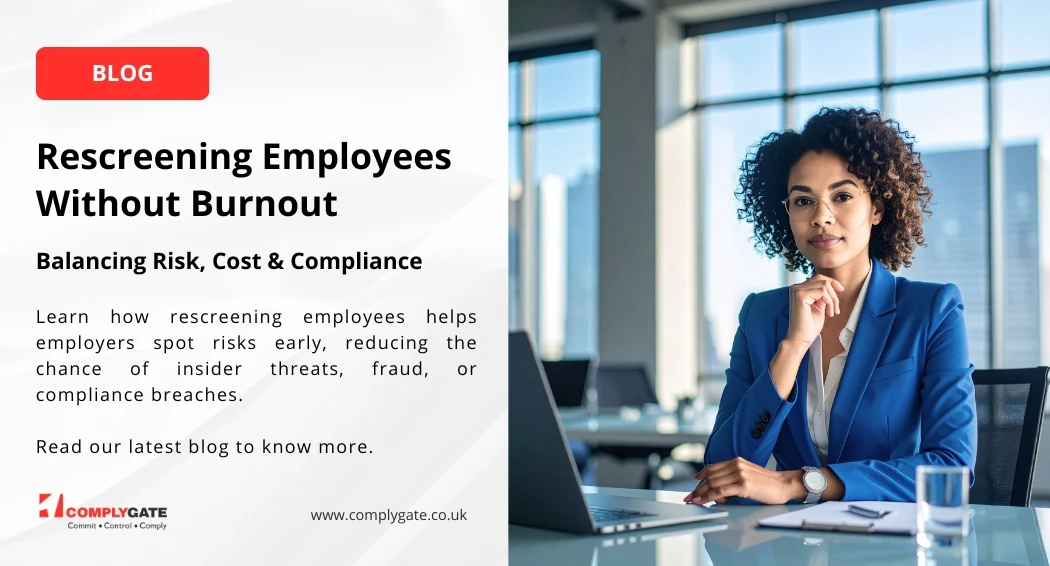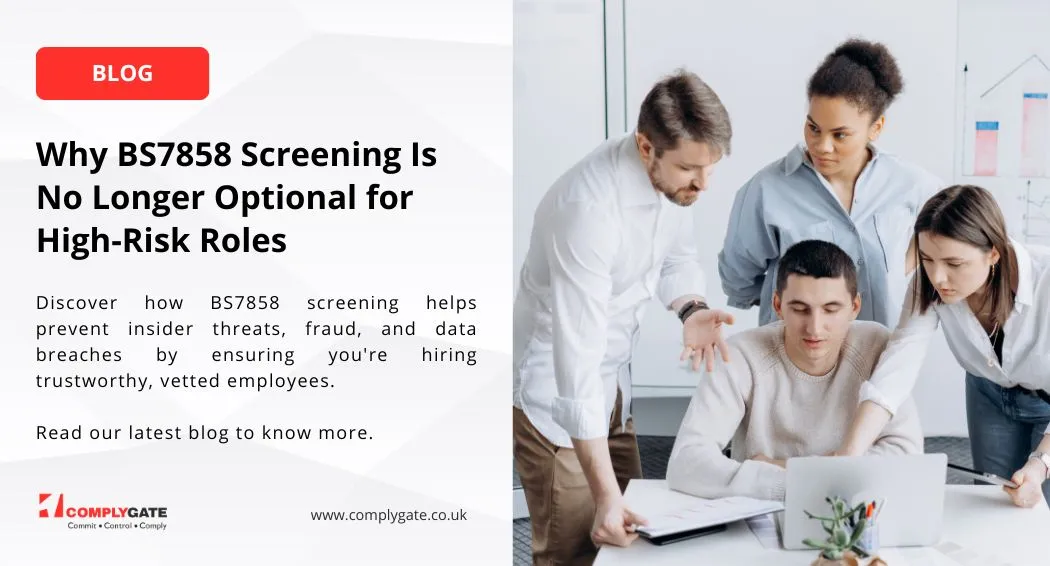Equity at Work: What is it And Why is it important?
Equity At Work: What Is It And Why Is It Important? ©
Professor Chris Rowley (Complygate)
March 2021
Kellogg College, University of Oxford & City’s Business School, University of London
Following on from my earlier article on diversity at work, it seems natural to now look at a closely related area – equity at work. Just like diversity, equity at work is important to businesses, management, staff and workers as well as practitioners and policy makers for a variety of reasons. Again, these have both ‘push’ and ‘pull’ forces within them. These range on a spectrum from the minimalist - just the bare, legal compliance, to business strategies and opportunities, such as marketing and enhanced sales as well as PR image, through to moral and ethical reasons.
Equity is a broad, amorphous and elastic concept at both macro and micro levels. For example, part of this is income distribution in a country – as measured by the Gini Coefficient (Gini Index or Gini Ratio) based on the Lorenz curve. The range is based on residents’ net income, where 0 (0%) represents all income distributed exactly equally between all citizens and 1 (100%) all income in the hands of one individual. On this measure: South Africa is one of the world's most unequal countries; the US suffered increasing inequality over the last 30 years and the Nordic countries are among the most equal countries.
Even when restricted to equity at the more micro level - at work - several facets can still be analysed, from recruitment and terms and conditions to promotions, careers and so on. Here we will focus on equity narrowly in terms of rewards and again more tightly focused, in just two dimensions: gender and pay ratios. At least these pay parts of equity have some advantage of being measurable in a variety of ways, albeit figures are contested in their collection (eg purpose), unit (eg average, median, etc), coverage (eg pensions, bonuses, dividends, etc) and analysis.
Turning first to gender pay equity, of importance was the famous 1968 Ford sewing machinists’ strike, popularised in the 2010 film ‘Made in Dagenham’. Originally this was more about grading than money as the women wanted recognition as being semi-skilled rather than unskilled in the pay structure. This was a spur to the Equal Pay Act (1970) which allowed claims for similar jobs, or jobs that were different, but which had been rated as needing similar skill or effort and had to be put in the same grade. However, the legislation did not come into force until 1975, which de facto allowed businesses to further gender segregate types of jobs that could be paid at different rates. In 1975 the EU directive on equal pay established the principle of equal pay for work of equal value, enshrined in UK law with the amended Equal Pay Act (1984) allowing comparisons of jobs - even if each were all done only by males or females.
One of the first big tests of this new law was the famous 1988 Cammel Laird shipyard dispute. A female cook started as an apprentice and when she and her fellow apprentices completed their training the men got a pay rise, but she did not. She was considered a labourer while they were classed as crafts workers. The company argued you could not compare what a woman did in the kitchen with what men did outside in the shipyard. Her male colleagues were a shipboard painter, a joiner and a thermal insulation engineer. An independent expert analysed the different roles, ruling that the work was indeed of equal value. Catering qualifications were equivalent to craft qualifications and other aspects of work, including responsibilities, knowledge and physical demands, were also equivalent.
The equality laws have been mostly superseded by the Equality Act (2010) and the Equality and Human Rights Commission statutory code of practice on equal pay. Now ‘equal work’ counts as: ‘like work’ – where the job and skills are the same or similar; ‘work rated as equivalent’ – usually using job evaluation as skills, responsibilities and effort are equivalent; ‘work of equal value’ – not similar but of equal value as levels of skills, training, responsibility or working condition demands are of equal value. So, jobs can be classified as ‘equal work’ even if the roles seem different, for example, a clerical and a warehouse job. Bringing us more up-to-date is the long running Asda supermarket case concerning whether predominantly female supermarket retail employees can compare themselves with predominantly male distribution depot employees for the purposes of equal pay. This reached the Supreme Court in July 2020 and judgment is still awaited.
The profile of equity in the workplace - as seen through the lens of equal pay issues - has not diminished. Rather, it has been boosted by the UK’s introduction of annual gender pay gap reporting. The resultant furore and media firestorm, ignited by the exposure of large gender pay differences that were difficult to explain or justify. For example, in January 2020 BBC presenter Samira Ahmed won her equal pay claim that she was doing work of equal value to that of her colleague Jeremy Vine and that there were no material factors to defend his significantly higher pay. The Government Equalities Office and the Equality and Human Rights Commission (EHRC) announced in March 2020 that due to the Covid-19 pandemic, enforcement of gender pay gap reporting for the reporting year 2019-20 would be suspended.
The second dimension of equity in the workplace concerns pay ratios or put another way, inequalities around wage dispersion. This is not only across occupations (eg bankers versus teachers) and sectors (eg finance versus health), but also between levels and within organisations (eg so-called ‘Fat Cat’ excessive top pay). This matters as some, such as Institute for Policy Studies (2019), argue large pay gaps not only drive inequality, but undermine business efficiency and effectiveness and the broader economy and even endanger democracy.
Public concern over pay inequality has often been expressed in public outcry over bankers’ bonuses and widespread criticism of excessively high executive pay. In some countries, but not all, there is greater acceptance with a ‘shrug of the shoulders’ of pervasive pay inequality underpinned by cultural values. For example, compare US or UK views and expectations versus those in Sweden and Japan. Indeed, part of the reasons for the on-going Carlos Ghosn saga with the Renault-Nissan-Mitsubishi alliance was an alleged attempt to hide eye wateringly large rewards.
International comparisons of the ratios between CEOs and average worker pay (in 2018) throws up some insightful global examples. At the top is the US with 265 times, followed by India with 229, UK with 201 and South Africa with 180, with even China coming in 10th with a multiple of 127 (Statista, 2021). Putting this into easier to recall terms: among 50 publicly trade US corporations with the widest pay gaps (in 2018), a typical employee would have to work at least 1,000 years to earn what their CEO made in 1 year, while the Gap retail chain had S&P 500’s widest corporate pay gap (in 2018) with the CEO making 3,566 times as much as its most typical worker (Institute for Policy Studies, 2019). The UK has a ‘High Pay Day’, a calculation of how many days FTSE 100 CEOs need to work to make the same amount as a typical employee’s annual salary – just 3 (CIPD, 2020).
Some argue large rewards are justified as they are recognition of ‘risk takers’, running large, complex organisations and so on. This is all too often fatuous and a smoke screen as many do not manage risky situations, just normal business uncertainty. For example, Royal Mail, whose recent Chief Executive had a £5.8m pay out on joining but remained less than 2 years and worked from his Lake Zurich house during the first lockdown and on ‘gardening leave from May-August 2020 during which he received pay and benefits followed by 9 monthly payments totalling £480,000, up to £50,000 for legal fees and £25,000 towards outplacement support. Some have calculated he was rewarded with £1.7m in 2020. The UK university sector is another example, where the best paid, Imperial College’s boss, is on more than £500,000 a year.
In contrast, of course, those who are most ‘at risk’ are often in the peripheral labour market and the ‘gig economy’. Here the result is not compensatory high pay.
At a moral and ethical level we can ask to what extent such a lack of equity at work can be tolerated in a fair society? We may also add into the mix the question of to what extent should governments be forced to subsidise low pay from all our taxes so that those at the bottom of the income scale can make ends meet? Is it right that taxpayers should support low-paying employers who continue to channel huge rewards and dividends to executives and shareholders?
In conclusion, the idea of equity at work is a worthy ideal. However, monitoring and mediating inequity is tricky as ‘work’ itself is a slippery concept. For example, the oft used tool in the area is job analysis. Yet, this itself is not ‘objective’ in a hard sense. It is political and subjective, with the very factors selected, or not, as well as their relative weightings and points allocated to them open to bias, as has been shown in numerous examples. Nevertheless, the glare of attention itself can be a powerful force towards boosting equity in the workplace.
References
CIPD (2020) ‘Top Bosses’ Pay Overtakes the Average Worker’s Entire Pay in Just 3 days’, Media Release
Institute for Policy Studies (2019) ‘Executive Excess 2019: Making Corporations Pay for Big Pay Gaps’
Statista (2021) ‘Ratio Between CEO and Average Worker Pay in 2018, By Country’.











